- #
- ABC
- DEF
- GHI
- JKL
- MNO
- PQR
- STU
- VWXYZ
Anis de Flavigny
Lemon Pastilles 50g
$9.95
Out of stock
Get an alert when the product is in stock:
Already 1 persons shown interest.
- Description
- Ingredients
These naturally flavored lemon candies will be sure to please the gourmands of this world. These sweet and smooth lemon sweets are a favorite for kids! Each candy contains an aniseed in its center, which is coated with fine layers of sugar and all-natural flavoring.
Each tin represents a part of a love story between a shepherd and his beloved shepherdess.
Near the fountain, the young shepherd makes his move, daring to ask for the shepherdess’ hand by offering her a succulent sweet – Anis de Flavigny!
ABOUT THE BRAND
In 52 BC in what is now modern-day central France, Emperor Julius Caesar gifted one of his veterans, Flavinius, the hill upon which the village of Flavigny was founded. The Romans had brought aniseed with them from the Mediterranean to treat the soldier’s stomach ailments, and aniseed remained in the area thereafter. In 812 AD, Emperor Charlemagne ordered that that anise be farmed and cultivated by convents and monasteries in France. It’s around this time the first Anis de Flavigny sweets are believed to have been created by the monks of the village’s Benedictine abbey.
Since 1591, the sweets have been made according to the same recipe – the aniseeds are placed in a sugar and water mixture and rolled around until fully coated and in little ball shapes. This process takes a long time – it takes a confectioner 15 days to turn a two-milligram aniseed into a one-gram Anis sweet! From as early as 1800, Anis de Flavigny sweets were available in a wide range of flavours. All of their natural flavourings are extracted from their host plants using steam or beet sugar alcohol distillation.
Today, Anis de Flavigny sweets continue to be made in the same abbey they were created in. Their beautiful and highly collectable tins feature illustrations depicting a blossoming love affair between a shepherd and shepherdess. In France, Anis sweets symbolise future happiness and fertility for newlyweds, and sharing a sweet with a hidden aniseed at its heart is symbolic of love itself.
Sugar, a seed of green anise, a natural aroma and lemon extract. Hard candy, do not bite.
You must be logged in to post a review.
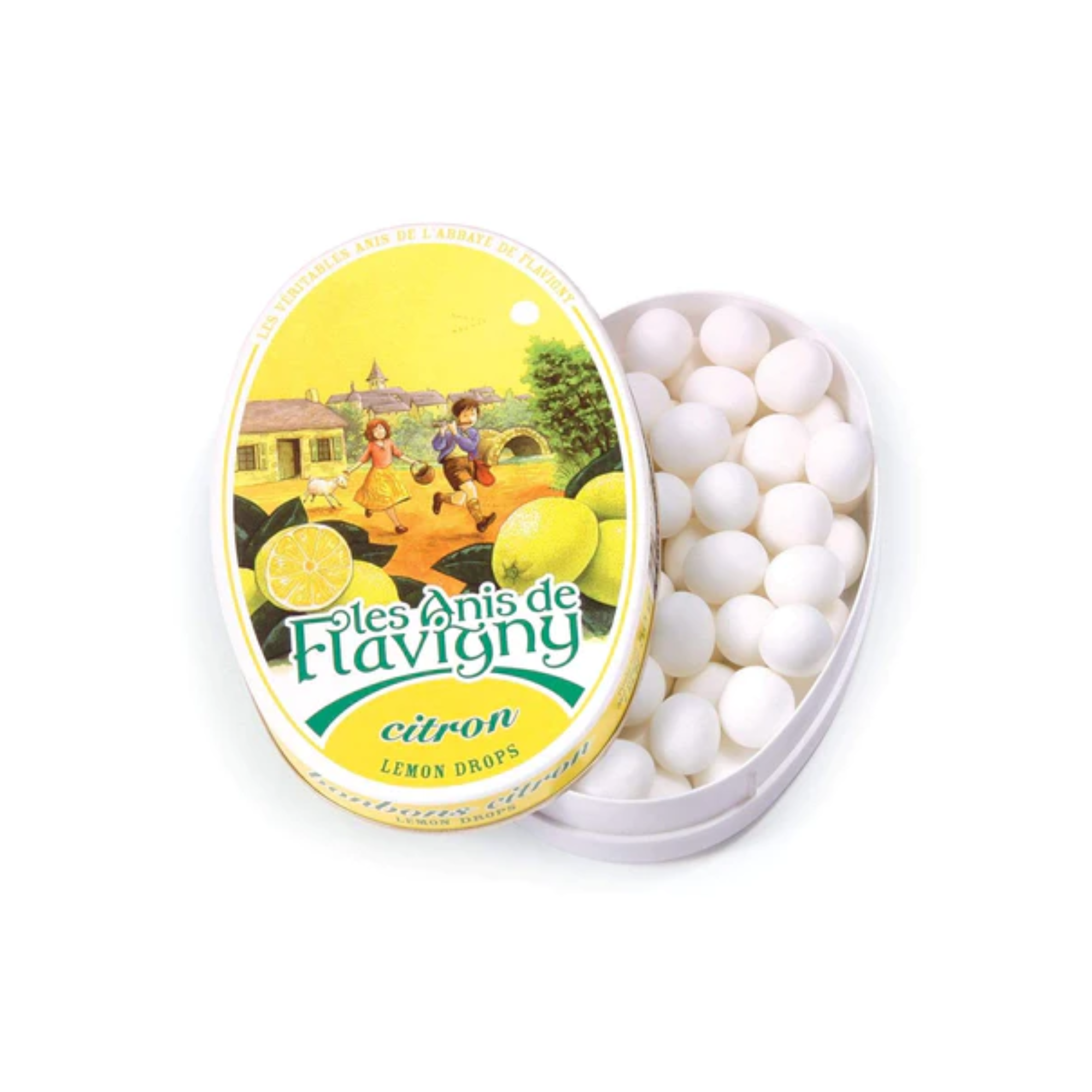
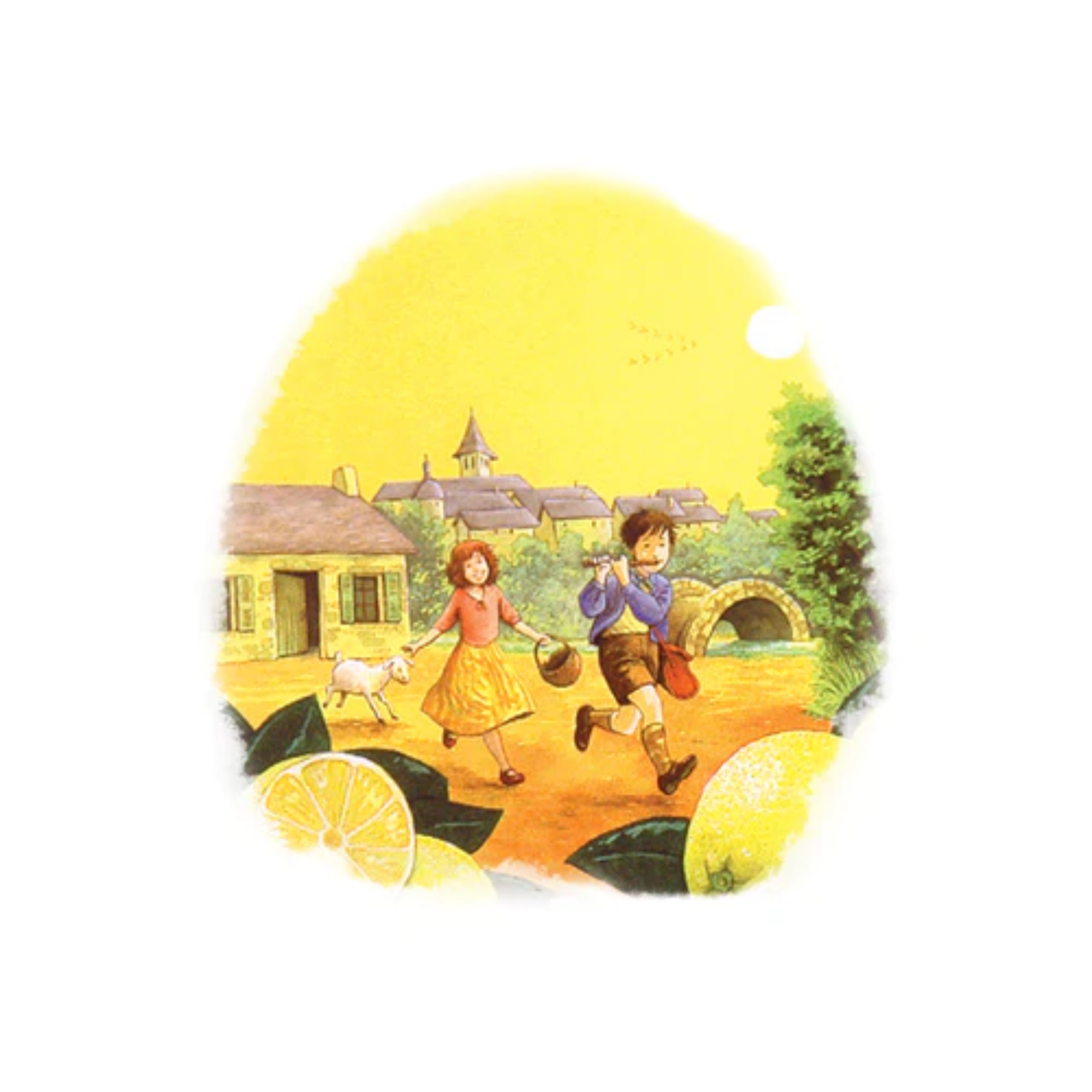
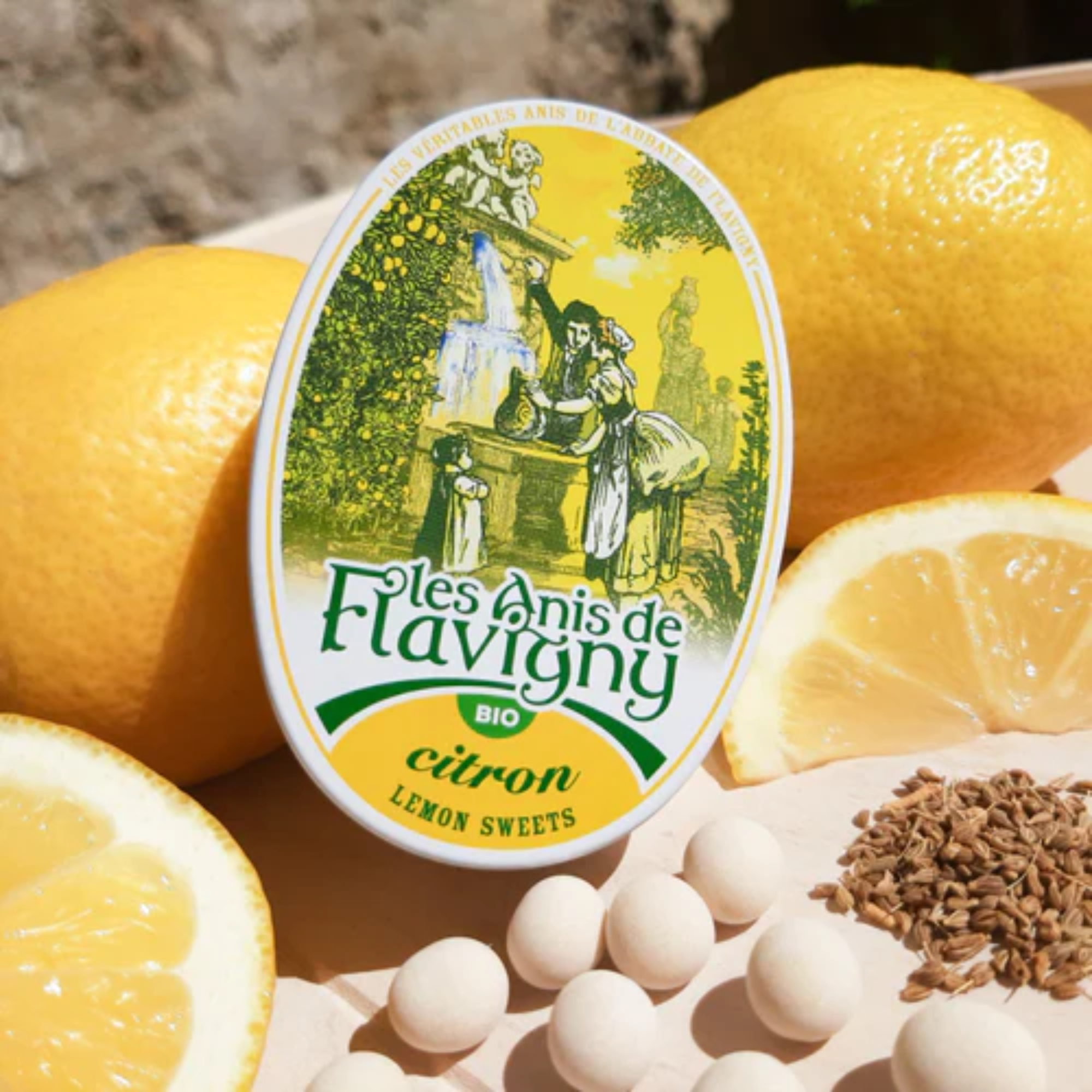
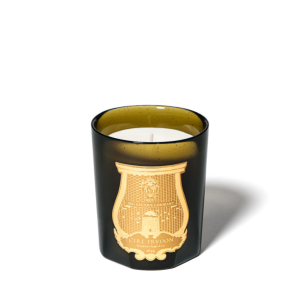
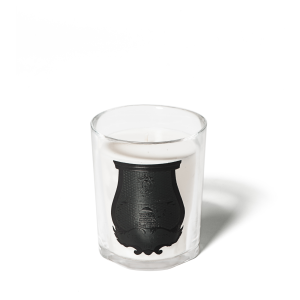
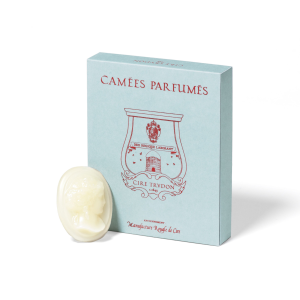



Reviews
There are no reviews yet.